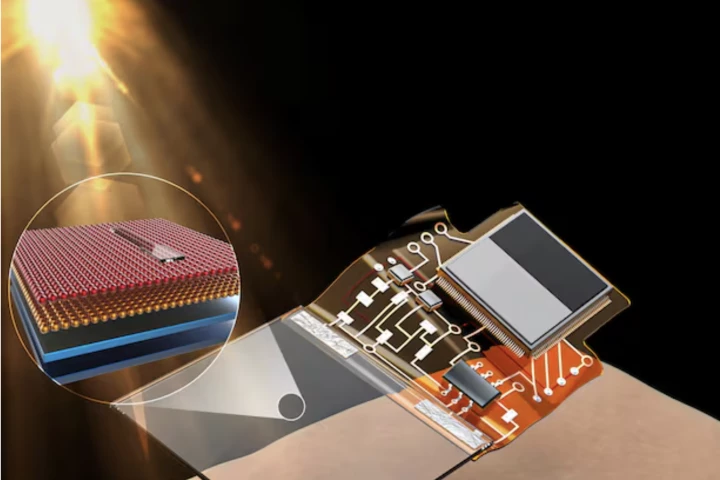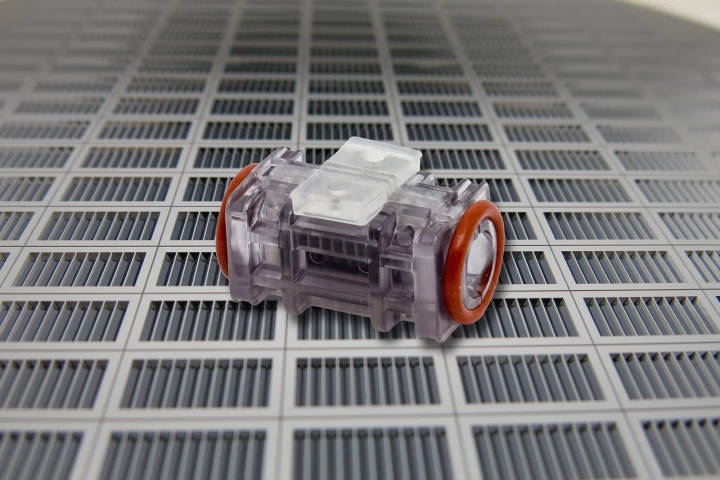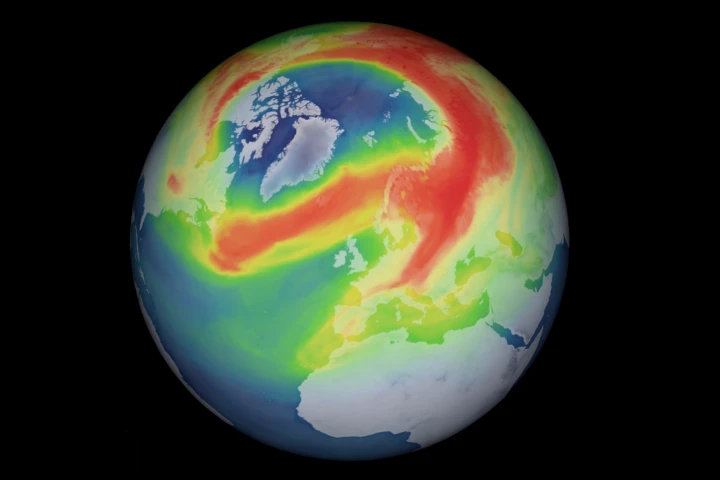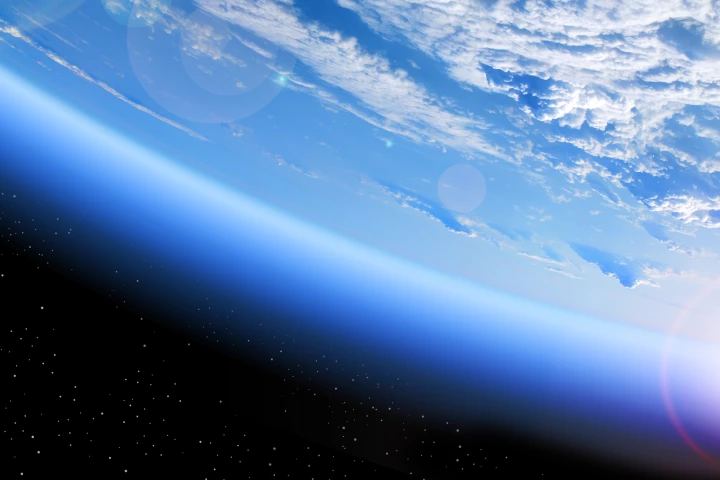Ozone
-
Scientists have developed a fully transparent skin sensor that accurately measures UV radiation, detecting light and converting it to electrical signals. So before the sun's rays reach damaging levels, a phone alert lets users know it's time to cover up.
-
As private companies make spaceflight routine, Earth’s upper atmosphere has become a testing ground with each launch leaving residues that react with ozone, thinning the layer that shields life below. It’s a problem scientists are just beginning to quantify.
-
And now for a spot of good news for our planet: the protective layer of ozone continues to heal, with the hole in our stratospheric shield having shrunk to a smaller size in 2024 than in the period between 2020-2023.
-
The ozone layer is often seen as a success story for human action to correct a climate emergency – but unfortunately we may be undoing our own hard work. A new study suggests smoke from wildfires can deplete the ozone layer, delaying its recovery.
-
Climate change can feel inevitable, but we’ve stepped up to the challenge before. New modeling shows how bad things would be if CFCs hadn’t been banned decades ago – depleted ozone would've increased UV exposure and stopped plants capturing carbon.
-
An ancient tree fossil has offered scientists a peek into a moment 42,000 years ago when the Earth’s magnetic field went haywire. The study paints a picture of environmental chaos, influencing everything from an increase in cave paintings to the extinction of the Neanderthals.
-
Although ozone is used to disinfect water in settings such as treatment plants, the required equipment is typically too large for use in small appliances like water coolers. A new miniaturized ozone generator, however, may be about to change that.
-
For some time now, bacteria-killing ozone gas has been used to help heal chronic wounds such as diabetic skin ulcers. Such treatment could soon be a lot more practical and effective, thanks to an experimental new wearable system.
-
A new study has revealed that a cataclysmic disruption of Earth’s protective ozone layer may have allowed damaging levels of ultraviolet (UV) radiation to saturate the Earth 359 million years ago, triggering a global mass extinction.
-
Although a hole in the ozone layer might sound like a retro environmental issue, it’s still a problem today. While it's usually over Antarctica, scientists have now spotted the biggest ozone layer hole in at least 25 years forming over the Arctic.
-
The Montreal Protocol in the 1980s has allowed the ozone layer to recover, and now scientists have found that it had another benefit – it’s already slowed climate change effects by up to 25 percent, giving hope we could meet the ongoing challenge.
-
New research has found that each of us is regularly producing our own personal cloud of pollutants, affecting indoor air quality. But not the way you think. The team found that oils on our skin and clothes are reacting with ozone in the air, producing a range of volatile and semi-volatile substances
Load More











